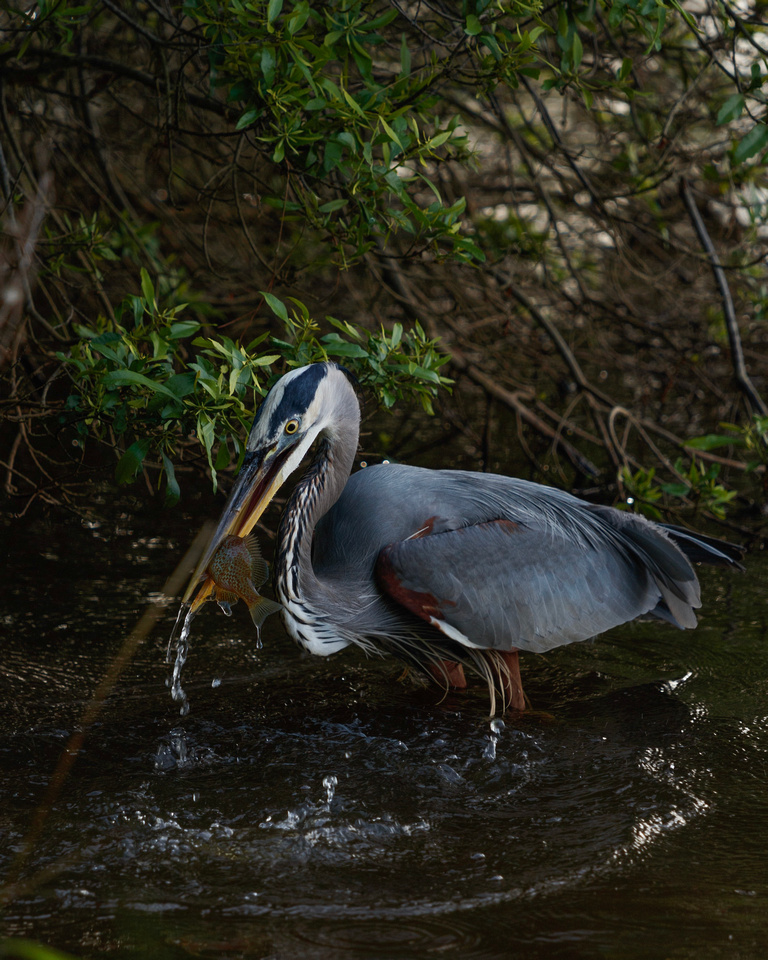
I just wanted to say welcome to everyone who’s joined me here on Birdwatching N.C. this week.
Thanks for being a part of this little (but growing) flock.
It’s been really cool to connect with like minded people. By this I mean of course, to meet folks who know what the term “mid to high-canopy dweller” means, lol!
I love the fact that there are those out there who can explain the difference between a Cooper’s hawk and a red-shouldered Hawk based on the shape of the spotted feathers on the breast.
Better still, I’ve got a ton of respect those of you who are brave enough to ask me for help when you’re stumped with an ID and am thankful to each and every one of my fellow bird-nerds for their insights when I’ve asked for assistance myself.
You all are amazing 😉


